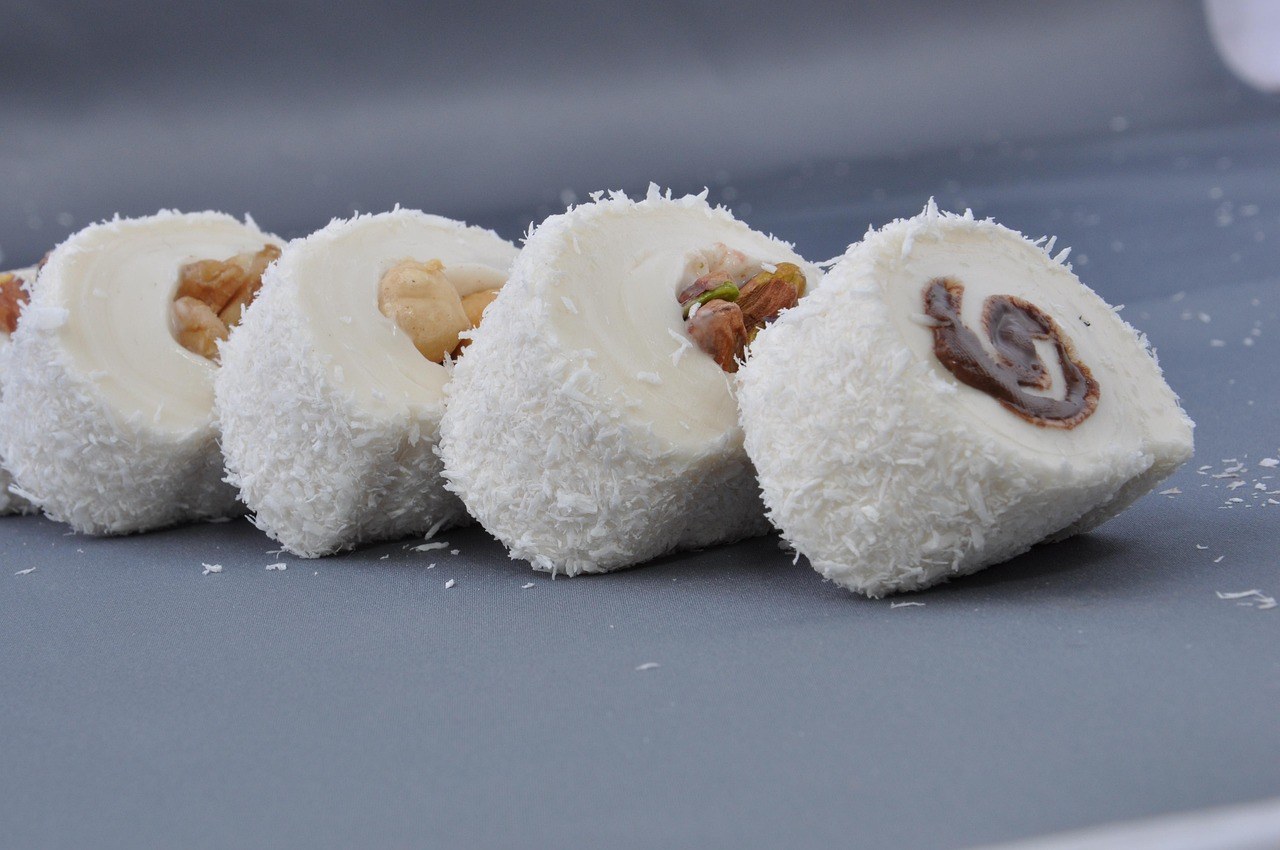You’ve likely heard the name tossed around in podcasts and pop science chats, yet the substance itself can feel mysterious. Think of dopamine as a thread that runs through motivation, reward, and learning – a signal that helps your brain tag experiences as worth chasing or repeating. It is not magic, and it is not mischief; it is a messenger. When you anticipate a favorite song’s drop, lean into a captivating conversation, or feel your stomach flutter during a crush, a well-timed pulse of this chemical helps your brain say, “That mattered.”
What dopamine actually is
Inside your skull is a dense network of nerve cells that speak to each other through chemicals released into tiny gaps called synapses. This traffic is busy and varied, but one transmitter is especially tied to reward and drive: dopamine. It is part of the circuitry often called the limbic system – regions that help shape feelings, urges, and mood – and it works with other messengers to steer behavior.
Put simply, dopamine is a chemical signal that nudges you toward actions that help you thrive. Planning a meal, reaching out to a friend, taking a risk that pays off, even learning from a lucky guess – the system flags these moments as “valuable.” Over time, your brain learns the patterns that predict valuable outcomes and prepares you to seek them again. The signal itself is small and fleeting, but the consequences – what you choose to do next – can be big.

How the signaling works, in plain language
Neurons are excitable cells; when one of them fires, it can release dopamine into the synapse. Nearby receptors detect that burst and convert it into an electrical change on the receiving side. That’s one tiny handoff. Now imagine the same dance happening in many places at once, across intertwined loops that carry information from deep structures up toward areas that evaluate, remember, and plan.
One of the best-known loops is often called the mesolimbic pathway. Signals begin in midbrain regions, travel forward, and fan out, coordinating with other chemicals and cell types. The response you feel depends on where the signal lands and which receptor types sit there waiting. The same molecule can tune movement in one circuit, color emotion in another, and sharpen attention somewhere else. That’s why the effects of this transmitter are context-dependent – location, timing, and receptor mix all matter.
Your brain learns quickly from patterns of expectation and outcome. When something good arrives, or even when you merely expect it, dopamine activity can rise, helping stamp in the memory of what preceded the win. When an expected reward fails to appear, activity can dip, teaching your brain to revise its predictions. This calibration process – tagging, comparing, updating – is central to how habits form and how goals keep their pull.

Love through the lens of brain chemistry
Falling for someone feels singular, yet the experience follows recognizable contours. Early attraction, heightened focus, and the delicious buzz of potential all recruit reward circuits. Other actors join the stage: adrenaline from the adrenal glands, as well as norepinephrine and epinephrine in the brain, add energy and alertness; later, neuropeptides like oxytocin help knit bonds. The mix evolves, but that early itch to pursue is closely tied to dopaminergic signaling.
-
Attraction – A new face stands out, or a familiar one suddenly pops into high relief. You feel giddy, attentive, oddly energized. Your brain tags encounters with this person as significant, and dopaminergic activity helps amplify the salience of their presence. You find yourself replaying moments, daydreaming, and scanning for chances to cross paths again.
-
Courtship and dating – The first invitation lands. Sweaty palms, racing heart, quick breaths: your body primed by adrenaline and related messengers. The anticipation itself is rewarding; your predictive machinery lights up at the possibility of connection. Here, dopamine is not acting alone – it coordinates with arousal systems that push you to show up, speak up, and lean in.

-
Falling – The date goes well, and the feedback loop strengthens. Attention narrows, curiosity intensifies, and you actively seek more moments together. Within the limbic system, activity associated with pursuit and reward stays lively, making shared experiences feel urgent and memorable. The “keep going” signal is simple: what you’re doing seems to work, so do more of it.
-
Rose-colored focus – Infatuation can mute your inner critic. As excitement grows, regions that normally help you weigh risks or detect warning signs can quiet down. You overlook quirks that might otherwise bother you, because the reward system is busy highlighting what feels wonderful. Put differently, the brain’s party lights are on, and they outshine the hazard bulbs for a while.
-
Attachment – With time, calmer bonds form. Oxytocin – sometimes dubbed a “connection” signal – is released during intimate, trusting experiences and during orgasm. Unlike the short, punchy highs of early pursuit, this peptide’s influence lingers, encouraging warmth, safety, and the desire to stay close. Motivation remains, but it is steadier, threaded with comfort rather than novelty.
-
Deep attachment – Commitment matures into a felt sense of “us.” Brain regions rich in receptors for oxytocin and vasopressin support routines, loyalty, and shared goals. The fireworks of early days settle into embers that heat the home – still alive, less urgent, more sustainable. Dopaminergic pursuit cedes some ground to bonding systems that stabilize long-term connection.
This arc shows why breakups can feel like withdrawal and why a rekindled romance can reignite intense focus. Early on, the chase dominates; later, maintenance takes center stage. The chemistry shifts, but the through-line remains: your brain highlights what seems meaningful and encourages you to move toward it.
Is it really just a “pleasure” chemical?
Calling it the “pleasure chemical” misses the point. Pleasure is part of the story, but the heart of it is motivation. Many researchers describe the signal as a gotta have it cue – an urgency to seek, approach, and repeat. The same system that makes your favorite snack enticing also drives curiosity, exploration, and the patient work of building a skill. The pleasure you feel is important, yet the learning – the imprinting of what led to the good stuff – is what keeps you coming back.
Consider everyday sparks that can nudge this system:
Bold flavors or sensory extremes – spicy heat, icy cold, extra crisp – can make eating feel adventurous and memorable.
Quick energy sources – sweets, chocolate, coffee – reinforce the link between a treat and a lift in mood or alertness.
Scent cues – from comforting aromas to intriguing notes – can summon emotion and memory, tilting you toward approach.
Touch – smooth silk, textured stone, or a warm mug – offers simple sensory rewards that calm or delight.
Music – a powerful drop, an unexpected harmony – can trigger chills, tighten focus, and encourage repeat plays.
Beauty – art, nature, or a striking face – captures attention and increases the desire to linger.
Risk and mastery – taking a chance and succeeding – pairs effort with reward, cementing confidence.
Surprise – the pleasant kind – updates expectations and refreshes interest.
Movement – exercise, dance, play – ties bodily effort to a satisfying afterglow.
Laughter – jokes, pratfalls, shared humor – binds groups and makes time feel light.
Discovery – learning a fact, spotting a pattern, exploring a new place – rewards curiosity itself.
These moments are not identical, but they share a theme: something captures attention, offers value, and invites another round. The chemistry behind that invitation is where this transmitter shines.
When medicines and substances enter the picture
Because this signaling touches attention, movement, mood, and the autonomic systems that regulate heart rate and blood flow, it is unsurprising that some medications act on related pathways. In clinical contexts, compounds may be used to influence attention, manage acute pain, or support specific organ functions. The goal is to harness the body’s own chemistry for therapeutic ends, carefully and under supervision.
On the other hand, certain illicit substances can overwhelm reward circuits by prompting unusually strong surges. Flooding pathways with outsized signals creates intense euphoria but can also distort learning – the brain reads the event as massively valuable and starts to prioritize chasing it. That is one reason such drugs can feel gripping and can disrupt normal motivations. The system built to guide survival is tricked into overvaluing the shortcut.
What determines the effect you feel
The same molecule can play different roles depending on the setting. Several variables shape the outcome:
Source – Which cells fired? Signals from one cluster can influence motivation differently than signals from another.
Destination – Where did the message land? Areas that evaluate outcomes will respond differently than areas that fine-tune motion.
Receptor type – Different receptors translate the same chemical into different cellular responses.
Timing and context – A burst during anticipation teaches one lesson; a burst during consumption teaches another.
That is why the experience of reward can range from a quick, giddy spark to a calm sense of satisfaction. The circuits do not merely hand you pleasure; they help you predict what is worth the effort next time.
Why your brain pairs pursuit with protection
Excitement can be blinding early on, especially in romance, but your brain also carries tools for caution. When arousal and pursuit dominate, evaluative regions can go a bit quiet, which is why red flags may look gray. As bonds deepen and life stabilizes, other systems – the ones that soothe, regulate, and attach – step forward. The seesaw between chase and chill is not a flaw; it is a feature that allows you to seek novelty when it is useful and settle when it is safe.
Everyday illustrations that don’t require a lab
A friend sends a hilarious clip; you replay it, then send it on, enjoying the shared giggles. You test a new recipe; it comes out crisp and hot, and you plan to make it again for guests. You attempt a challenging workout; afterwards, that floating sense of well-being nudges you to schedule the next session. In each case, your brain records the steps that led to a positive outcome and encourages repetition. This is learning on the ground – small signals layered over time to shape habits.
In relationships, the same pattern shows up. A message returns a smile, a date sparks conversation, a shared trip generates inside jokes. The pleasant parts are rewarding, yes, but the lasting effect is the memory of what set them up. That is the hinge on which motivation turns. The system prizes the sequence – cue, action, outcome – and keeps you oriented toward the path that worked before.
Seeing the bigger team
It helps to remember that this transmitter does not work alone. Norepinephrine can add electricity and focus; epinephrine tunes the body for action; oxytocin cultivates trust and comfort; vasopressin contributes to loyalty and pair bonding. The cast changes with the scene – first dates invite fireworks, long partnerships invite hearth fires. None of these chemicals is “good” or “bad” by itself. Each is a tool your nervous system uses to navigate a complex world.
So where does dopamine fit? It is the tagger, the highlighter, the voice that says, “Lean this way.” In the early rush of attraction, it amplifies approach. In the grind of practice, it makes effort worth repeating. In daily life, it labels sensory pleasures and small wins as worth noticing. Meanwhile, other systems balance its urgency with calm, caution, and connection.
Reframing common myths
Three misunderstandings often cloud the picture:
Myth: It equals happiness. In reality, the signal is more about “wanting” than “liking.” You can desire something intensely and enjoy it only modestly – or the reverse.
Myth: More is always better. Oversized blasts can hijack learning and narrow your focus unhelpfully. The point is not maximum intensity; it is appropriate guidance.
Myth: It acts in isolation. Context is king. Outcomes depend on which other systems are active, what you expect, and what actually happens.
Clearing away these myths does not make the chemistry less exciting; if anything, it makes it more interesting. The signal is subtle, flexible, and tuned to your experience.
Putting it all together without the hype
The portrait that emerges is of a single molecule doing many jobs. It helps wire in lessons about what pays off, it tunes attention to cues that predict value, and it supports the energy to pursue. That is why the same chemical can be involved in movement, romance, habit, humor, and discovery. The connecting theme is not raw pleasure; it is meaningful pursuit.
From the kitchen to the dance floor, from a first hello to a long partnership, your brain uses this chemistry to guide choices. Each nudge is a vote for a path – try this again, maybe skip that next time. Seen this way, dopamine is neither angel nor villain. It is a signal that supports survival by teaching you what matters and prompting you to go after it. Without it, life would feel flat; with it, everyday moments gain contour, and the people and projects you love can hold your attention long enough to grow.